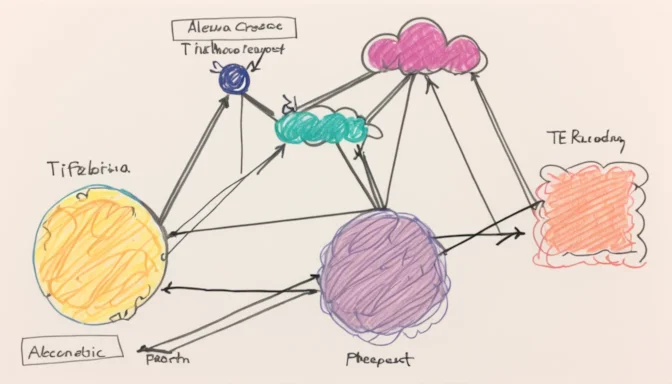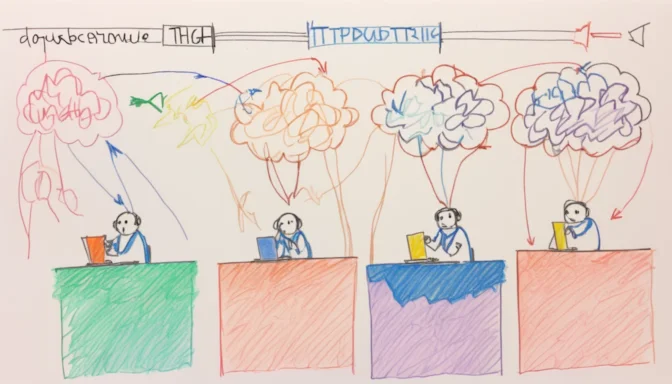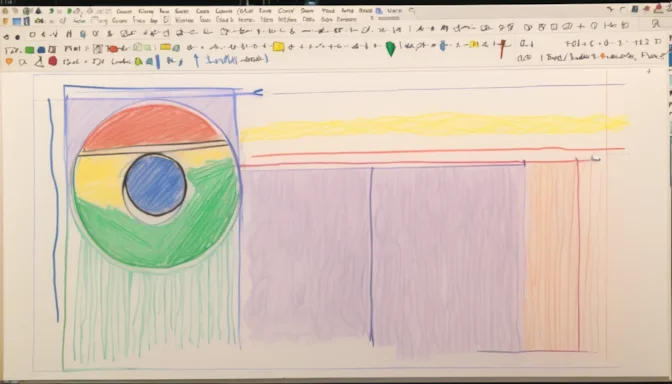What is the TTFB (Time to First Byte) Test?

Time to First Byte (TTFB) is a performance metric that gauges the duration from the initiation of a resource request to the arrival of the first byte of the response. It helps measure server responsiveness and overall website speed.
What is the Average Time for TTFB?

An average TTFB generally falls within the 200ms to 500ms range. If it consistently exceeds 600ms, it's a sign that further investigation is needed to improve web performance.
DNS Lookup in TTFB

DNS lookup is a key part of TTFB, where the client's request includes the resolution of the web server's IP address. The time spent in DNS lookup is included in the overall TTFB metric.
Difference Between TTFB and TTLB

While TTFB measures the time until the first byte of data is received, Time to Last Byte (TTLB) gauges the time it takes to receive the last byte of the response. TTLB essentially follows TTFB and includes the entire data transfer time.
Common Causes for a High TTFB

A slow TTFB could be attributed to various factors, including inefficient server resources. Addressing server bottlenecks is crucial for improving this metric.
What is a Good TTFB Score?

According to Google, a good TTFB should be under 200ms. For static content, aim for less than 100ms, and for dynamic content, aim for a TTFB between 200 and 500ms.
How to Measure TTFB in Chrome

You can measure TTFB using Chrome DevTools. Open the Network tab, click on the document request, and then navigate to the Timing tab to see the 'Waiting for server response' value for HTTP Request TTFB.
First Byte Latency: Another Perspective on TTFB

First byte latency refers to the time from when a request is initiated to the moment the first byte of data reaches its destination. It's a vital aspect of TTFB and indicative of network latency and server responsiveness.
 E-Commerceo
E-Commerceo
